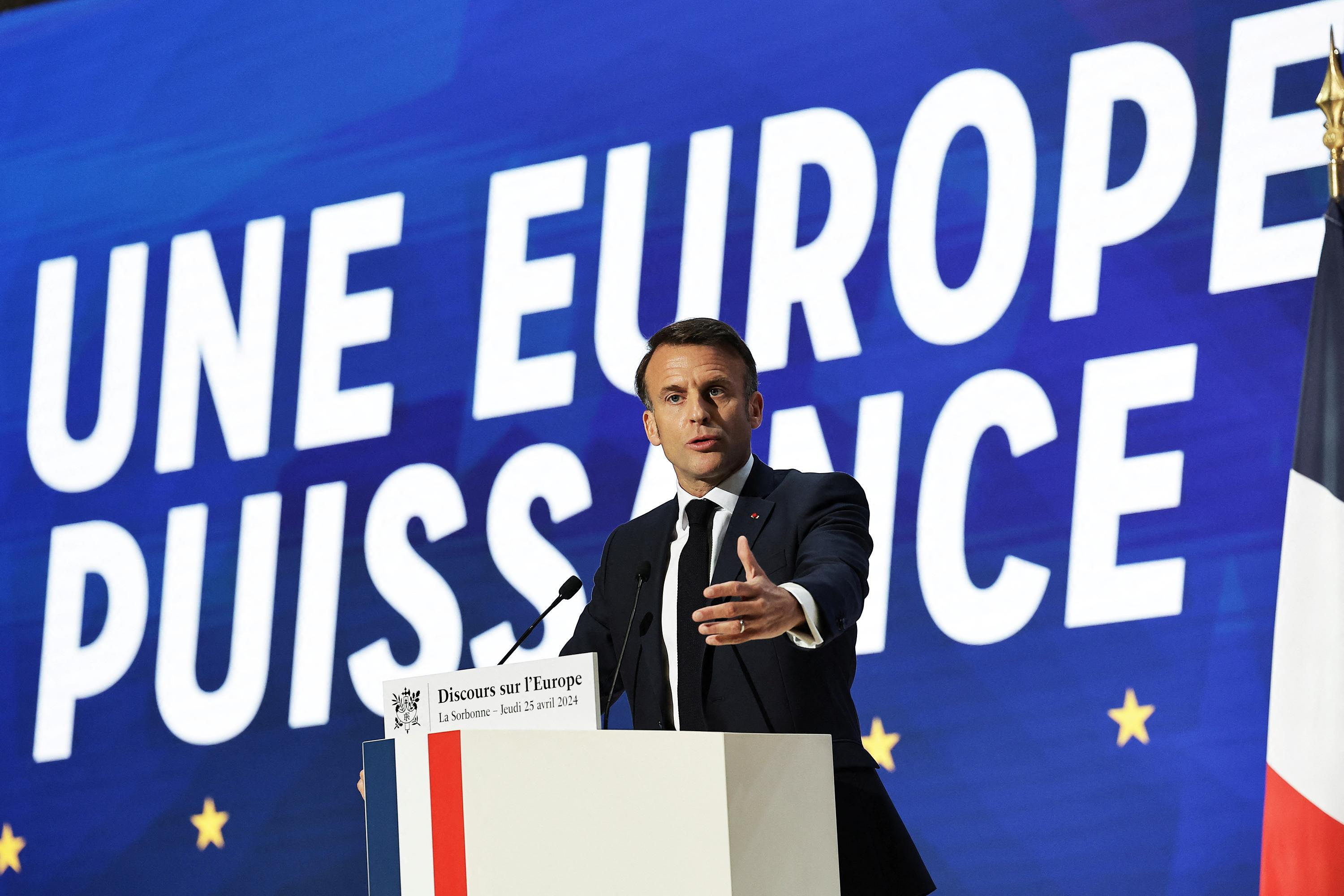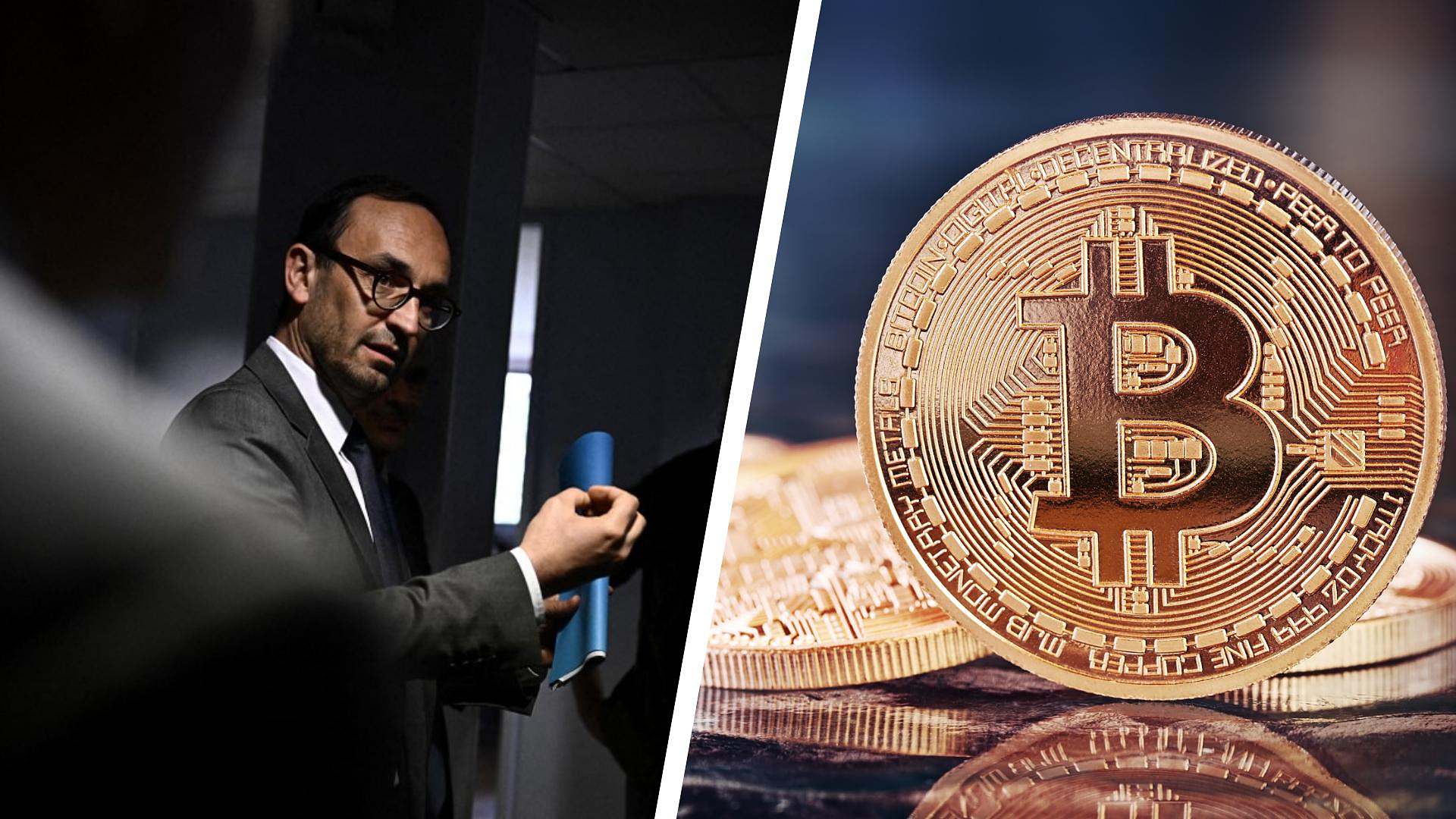This is the twelfth time since January that the Italian government has immobilized a rescue ship at sea. This Wednesday, November 15, the Ocean Viking, the sea rescue ship of the NGO SOS Méditerranée, was sanctioned with an immobilization of 20 days and a fine of 3300 euros by the Italian authorities. On the night of November 10 to 11 and during the day of the 11th, the ship carried out three rescue operations to rescue 128 migrants. The same ship had already received a 10-day detention in July for safety failures.
In accordance with the decree-law of January 2, 2023, known as the “Piantedosi decree” named after the Minister of the Interior Giorgia Meloni, the ships of humanitarian NGOs which rescue migrants must return to a port designated by the Italian coast guard after every rescue. After rescuing a first boat of 33 migrants off the coast of Libya, the Ocean Viking received the order from the Italian Maritime Rescue Coordination Center (ITMRCC) to reach the port of Ortona, on the Adriatic coast, to disembark these people.
But in the hours that followed, the ship rescued another group of 34 migrants located in the same area. On November 11, in the afternoon, the Ocean Viking once again rescued a boat in distress with 61 migrants on board in the Libyan zone. SOS Méditerranée denounces this sanction and underlines its “incontestable legal obligation to save people in distress at sea” in a press release. “International law leaves no room for doubt,” underlines the NGO.
What is it really? International maritime law - the SOLAS conventions of 1974, SAR of 1979 and Montego Bay (1982) - obliges anyone in difficulty to be rescued at sea, without discrimination based on nationality or status (migrant or simple navigator). The SAR Convention (for Search and rescue in French) of 1979 divides the international waters of the Mediterranean into several SAR zones devolved to each of the signatory States. The rescues took place in the Libyan zone, but NGOs say Libyan authorities are generally unresponsive. They then turn to the European coast guards, in this case Italian.
It is in this context that the ITMRCC indicated the port of Ortona to the Ocean Viking after the first rescue. The crew then informed them of the nearby presence of a second ship in distress. “The Italian ITMRCC redirected the Ocean Viking to the Libyan JRCC to receive instructions,” the statement said. According to the Ocean Viking's online logbook, the Italian Coast Guard has indicated that "if the Tripoli JRCC requests assistance from the Ocean Viking in the case of distress, the vessel will be temporarily released from its obligation to head towards Ortona to help them.
With no response from the Libyan authorities, the Ocean Viking then rescued the 34 migrants. “There were no signs of ongoing rescue operations. No other maritime authorities provided information or assistance, despite Ocean Viking's attempts to coordinate. Thus, the crew was not released from its obligation to provide assistance, defends Luisa Albera, coordinator of search and rescue operations on board.
Also readMigration crisis: do European states fund migrant relief NGOs?
The third rescue took place in the afternoon of November 11, while the Ocean Viking was still in the Libyan SAR zone, on the route to Ortona. This time, the Libyan coast guard reportedly responded. But “communication with the JRCC in Tripoli is hampered due to the language barrier,” we can read in the online logbook. “The JRCC responded in Arabic, but international maritime law requires the coordination centers to be able to communicate in English,” explains Sophie Beau, director of SOS Méditerranée France. The crew again turned to the Italian coast guard, then intervened due to lack of instructions from them.
Elected on the promise of stopping illegal immigration, the president of the Italian council Giorgia Meloni strives to hinder the boats of relief NGOs in the Mediterranean, which she described as “pirate ships complicit with smugglers”. The “Piantedosi” decree is one of the measures taken against them, but its compatibility with international maritime law raises questions in this type of situation. Requested by Le Figaro, the Italian Ministry of the Interior did not respond to our requests.
Italy is facing an unprecedented wave of arrivals. Nearly 150,000 migrants have arrived on Italian shores since January, compared to nearly 95,000 over the same period last year, according to figures from the Italian Interior Ministry. Only 5% of them were collected by NGO ships before setting foot in Italy, according to Defense Minister Meloni. The latter recently announced an agreement with Albania to open two reception centers there intended solely for migrants rescued at sea by the Italian authorities. This is where asylum requests would be processed, with the aim of preventing migrants from remaining clandestinely in Italy once rejected.

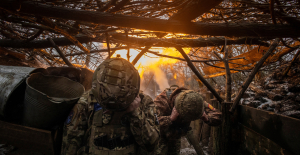 What is chloropicrin, the chemical agent that Washington accuses Moscow of using in Ukraine?
What is chloropicrin, the chemical agent that Washington accuses Moscow of using in Ukraine? Poland, big winner of European enlargement
Poland, big winner of European enlargement In Israel, step-by-step negotiations for a ceasefire in the Gaza Strip
In Israel, step-by-step negotiations for a ceasefire in the Gaza Strip BBVA ADRs fall almost 2% on Wall Street
BBVA ADRs fall almost 2% on Wall Street Breast cancer: less than one in two French women follow screening recommendations
Breast cancer: less than one in two French women follow screening recommendations “Dazzling” symptoms, 5,000 deaths per year, non-existent vaccine... What is Lassa fever, a case of which has been identified in Île-de-France?
“Dazzling” symptoms, 5,000 deaths per year, non-existent vaccine... What is Lassa fever, a case of which has been identified in Île-de-France? Sánchez cancels his agenda and considers resigning: "I need to stop and reflect"
Sánchez cancels his agenda and considers resigning: "I need to stop and reflect" The Federal Committee of the PSOE interrupts the event to take to the streets with the militants
The Federal Committee of the PSOE interrupts the event to take to the streets with the militants The growth gap between Europe and the United States will narrow in 2025
The growth gap between Europe and the United States will narrow in 2025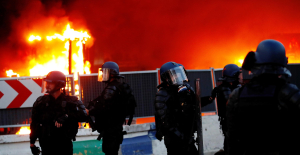 A report recommends the creation of a “riot fund” to cover communities
A report recommends the creation of a “riot fund” to cover communities With 3.5 billion euros collected, life insurance recorded its best month in 10 years in March
With 3.5 billion euros collected, life insurance recorded its best month in 10 years in March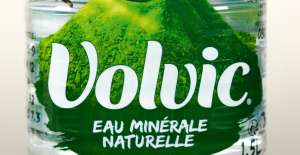 Volvic factory shut down after “an act of malicious intent”: production can resume “at the earliest” on Friday
Volvic factory shut down after “an act of malicious intent”: production can resume “at the earliest” on Friday Jean Reno publishes his first novel Emma on May 16
Jean Reno publishes his first novel Emma on May 16 Cannes Film Festival: Meryl Streep awarded an honorary Palme d’Or
Cannes Film Festival: Meryl Streep awarded an honorary Palme d’Or With A Little Something Extra, Artus and his disabled actors do better than Intouchable on the first day
With A Little Something Extra, Artus and his disabled actors do better than Intouchable on the first day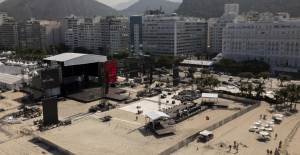 Madonna ends her world tour with a giant - and free - concert in Copacabana
Madonna ends her world tour with a giant - and free - concert in Copacabana Omoda 7, another Chinese car that could be manufactured in Spain
Omoda 7, another Chinese car that could be manufactured in Spain BYD chooses CA Auto Bank as financial partner in Spain
BYD chooses CA Auto Bank as financial partner in Spain Tesla and Baidu sign key agreement to boost development of autonomous driving
Tesla and Baidu sign key agreement to boost development of autonomous driving Skoda Kodiaq 2024: a 'beast' plug-in hybrid SUV
Skoda Kodiaq 2024: a 'beast' plug-in hybrid SUV The home mortgage firm rises 3.8% in February and the average interest moderates to 3.33%
The home mortgage firm rises 3.8% in February and the average interest moderates to 3.33% This is how housing prices have changed in Spain in the last decade
This is how housing prices have changed in Spain in the last decade The home mortgage firm drops 10% in January and interest soars to 3.46%
The home mortgage firm drops 10% in January and interest soars to 3.46% The jewel of the Rocío de Nagüeles urbanization: a dream villa in Marbella
The jewel of the Rocío de Nagüeles urbanization: a dream villa in Marbella Europeans: a senior official on the National Rally list
Europeans: a senior official on the National Rally list Blockade of Sciences Po: the right denounces a “drift”, the government charges the rebels
Blockade of Sciences Po: the right denounces a “drift”, the government charges the rebels Even on a mission for NATO, the Charles-de-Gaulle remains under French control, Lecornu responds to Mélenchon
Even on a mission for NATO, the Charles-de-Gaulle remains under French control, Lecornu responds to Mélenchon “Deadly Europe”, “economic decline”, immigration… What to remember from Emmanuel Macron’s speech at the Sorbonne
“Deadly Europe”, “economic decline”, immigration… What to remember from Emmanuel Macron’s speech at the Sorbonne These French cities that will boycott the World Cup in Qatar
These French cities that will boycott the World Cup in Qatar NBA: the Pacers and the Knicks will be there in the play-off semi-finals
NBA: the Pacers and the Knicks will be there in the play-off semi-finals Tennis: like last year, Sabalenka joins Swiatek in the final in Madrid
Tennis: like last year, Sabalenka joins Swiatek in the final in Madrid OM: scorer against Bergamo, Mbemba moved after the final whistle
OM: scorer against Bergamo, Mbemba moved after the final whistle OM-Atalanta: the lines of the match
OM-Atalanta: the lines of the match





